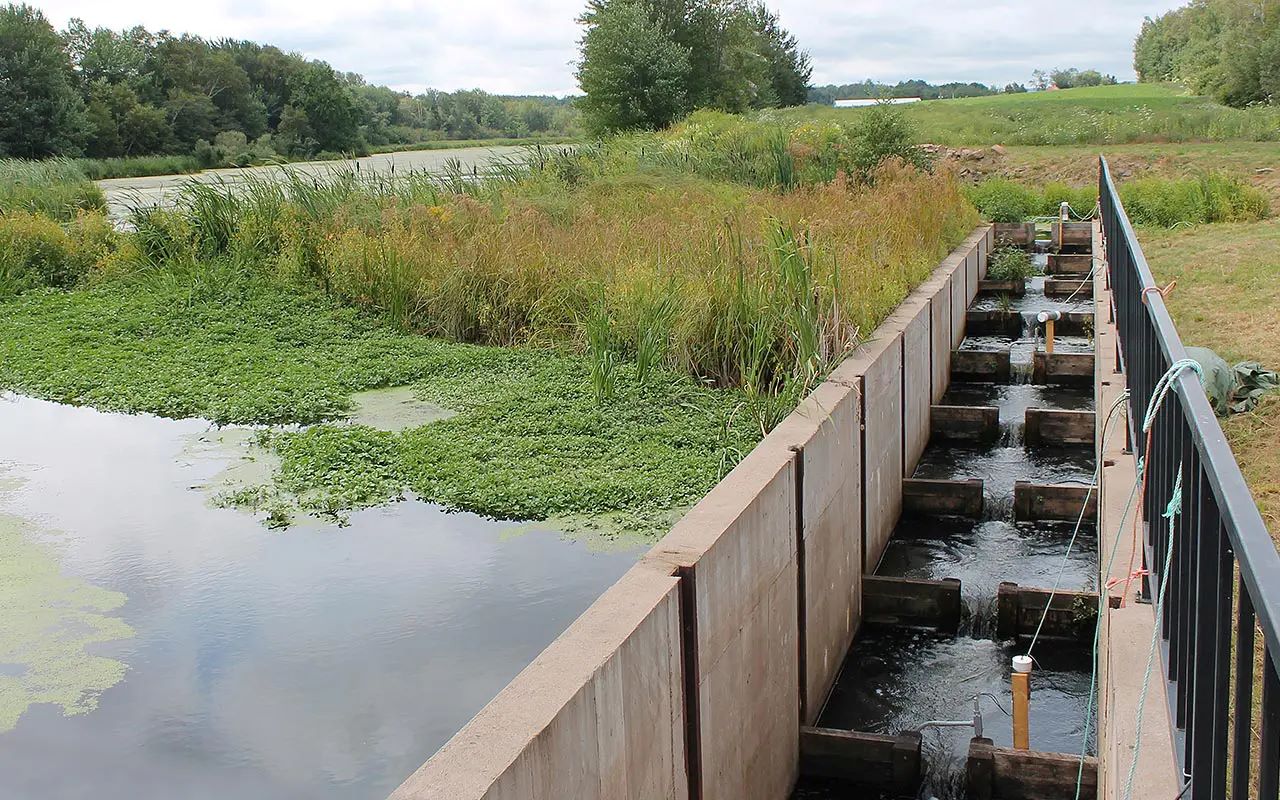

Articles
What Is A Fish Ladder
Modified: December 7, 2023
Discover the essential information about fish ladders in this informative article. Learn about their importance in aiding fish migration and maintaining healthy ecosystems.
(Many of the links in this article redirect to a specific reviewed product. Your purchase of these products through affiliate links helps to generate commission for Storables.com, at no extra cost. Learn more)
Introduction
In the natural world, many species of fish rely on the ability to migrate between freshwater and saltwater environments for various reasons including reproduction, feeding, and seeking suitable habitats. However, this natural migration can be disrupted or hindered by human-made structures such as dams or weirs that obstruct their path.
To mitigate the negative impact on fish populations caused by these structures, innovative engineering solutions have been developed. One such solution is the fish ladder, a man-made construction designed to assist fish in navigating past obstacles and continue their migratory journey. In this article, we will explore what a fish ladder is, how it functions, its benefits, as well as its challenges and limitations.
By understanding the concept and mechanics of fish ladders, we can appreciate the significance of these structures in preserving fish populations and maintaining the delicate balance of aquatic ecosystems.
Key Takeaways:
- Fish ladders are innovative structures designed to help fish overcome human-made barriers, preserving their natural migratory patterns and supporting the sustainability of aquatic ecosystems.
- While fish ladders offer numerous benefits in restoring fish migration, they also face challenges such as selective fish passage and ongoing maintenance requirements. Ongoing research and innovation are essential to address these limitations and maximize the effectiveness of fish ladders.
Read more: What Purpose Does A Fish Ladder Serve
Definition of a Fish Ladder
A fish ladder, also known as a fishway or fish pass, is a structure specifically designed to assist fish in overcoming barriers such as dams, weirs, or locks that impede their natural migration routes. Essentially, it is a series of interconnected pools, channels, or steps that allow fish to swim upstream or downstream and bypass obstacles in their path.
The main purpose of a fish ladder is to provide an alternative route for fish to bypass barriers, giving them access to their spawning grounds upstream or allowing them to reach their feeding and nursery areas downstream. By creating a passage that mimics natural river conditions, fish ladders help maintain and restore fish populations that would otherwise be disrupted by human-made obstructions.
Fish ladders are typically constructed using a combination of natural materials such as rocks, boulders, and woody debris, along with concrete or other artificial components. These structures are designed to mimic the natural flow and gradient of a river, providing fish with a series of resting pools and gradual steps to navigate through.
In addition to providing a passage for fish, fish ladders are also designed to manage the flow of water and maintain suitable conditions for fish migration. Water velocity, depth, and temperature are carefully regulated to ensure that fish can swim comfortably and safely navigate through the ladder.
Overall, fish ladders are an innovative engineering solution that aims to mitigate the negative impacts of human activities on fish populations and maintain their natural migratory patterns. They serve as crucial pathways, opening up access to vital habitats and ensuring the survival and sustainability of fish species in both freshwater and saltwater environments.
Purpose of a Fish Ladder
The primary purpose of a fish ladder is to restore and maintain the natural migratory patterns of fish species that are disrupted by human-made barriers such as dams, weirs, or locks. Here are the main purposes and benefits of using fish ladders:
- Facilitating fish migration: Fish ladders provide an alternative route for fish to migrate past obstacles, enabling them to reach their spawning grounds upstream or their feeding and nursery areas downstream. By allowing fish to move freely, fish ladders help maintain healthy fish populations and preserve the ecological balance of aquatic environments.
- Preserving genetic diversity: Many fish species rely on the ability to migrate between freshwater and saltwater habitats to maintain genetic diversity and adapt to changing environmental conditions. Fish ladders ensure that fish have access to various habitats, preventing the isolation of populations and promoting genetic exchange.
- Protecting endangered species: Fish ladders are particularly important for endangered or threatened fish species that require specific habitats for breeding and survival. By providing a passage around obstacles, fish ladders offer a lifeline for these vulnerable species, increasing their chances of survival and recovery.
- Supporting fisheries and recreational fishing: Fish ladders play a crucial role in supporting commercial and recreational fisheries. By allowing fish to reach their spawning grounds, fish ladders ensure the sustained productivity of fisheries, benefiting both the fishing industry and recreational anglers.
- Restoring aquatic ecosystems: Fish are integral components of aquatic ecosystems, playing vital roles in nutrient cycling and food chains. By assisting fish migration, fish ladders contribute to the restoration and balance of aquatic ecosystems, benefiting not only fish populations but also other aquatic organisms.
Overall, the purpose of a fish ladder is to minimize the impact of human-made barriers on fish populations and ensure the long-term survival and sustainability of diverse fish species. By providing a lifeline for fish to navigate through obstacles, fish ladders contribute to the preservation of aquatic ecosystems and help maintain the delicate ecological balance of our rivers and streams.
How a Fish Ladder Works
A fish ladder works by creating a series of interconnected pools or steps that allow fish to navigate past barriers and reach their desired destination. Here is a step-by-step explanation of how a fish ladder functions:
- Identification of obstacle: The first step in constructing a fish ladder is to identify the location and nature of the obstacle that needs to be bypassed. This could be a dam, weir, or lock that prevents fish from swimming upstream or downstream.
- Design considerations: Once the obstacle is identified, engineers and biologists work together to design a fish ladder that suits the specific characteristics of the site and the target fish species. The design takes into account factors such as the height of the barrier, natural river flow, water velocity, and the needs and behaviors of the fish species.
- Construction of the ladder: The fish ladder is constructed using a combination of natural and artificial materials. This typically involves creating pools, channels, or steps that mimic the natural river flow and gradient. Rocks, boulders, and woody debris are often used to provide resting spots and create a more natural habitat within the ladder.
- Water flow management: Proper water flow is crucial in fish ladder design. Water velocity, depth, and temperature are regulated to create conditions suitable for fish migration. This may involve adding weirs, gates, or adjustable baffles to control the flow of water and maintain optimal conditions for fish passage.
- Entrance and exit points: Fish ladders have designated entrance and exit points to guide fish into and out of the ladder. These entry and exit points are designed to be easily identifiable and appealing to fish, often utilizing screens, baffles, or other techniques to attract fish and guide them through the ladder.
- Navigating the ladder: Fish swimming upstream encounter the fish ladder and begin their ascent. They pass through a series of pools or steps, using their natural swimming abilities to move upward. Resting spots within the ladder are crucial, allowing fish to take breaks and conserve energy during the journey.
- Reaching the destination: Once fish have successfully navigated the ladder, they reach the desired destination, which may be spawning grounds upstream or feeding and nursery areas downstream. From there, fish continue their natural life cycle, supporting healthy fish populations and maintaining ecological balance.
Fish ladders serve as vital pathways to assist fish in overcoming human-made barriers. By replicating natural river conditions, managing water flow, and providing a suitable passage, fish ladders ensure that fish can navigate barriers and reach their destinations, preserving their migratory patterns and contributing to the sustainability of fish populations in freshwater and saltwater environments.
Types of Fish Ladders
There are various types of fish ladders designed to accommodate different fish species and overcome barriers of varying heights and characteristics. Here are some common types of fish ladders:
- Pool-and-weir fish ladder: This type of fish ladder consists of a series of pools connected by weirs or steps. Each pool is designed to provide a resting area for fish to conserve energy before moving on to the next pool. The weirs or steps create a gradual incline, allowing fish to navigate upstream or downstream.
- Vertical slot fish ladder: Vertical slot fish ladders are suitable for barriers with limited space or height. They feature a series of vertical slots or narrow openings that allow fish to swim through and bypass the obstruction. Water flow and spacing of the slots are carefully designed to ensure successful fish passage.
- Denil fish ladder: Denil fish ladders are widely used in Europe and are effective for both upstream and downstream fish migration. They consist of a series of inverted V-shaped slots that create a flow pattern, guiding fish to swim against the current and pass through the ladder.
- Baffle fish ladder: Baffle fish ladders utilize a series of baffles or plates strategically placed along the ladder to create a turbulent flow that attracts fish. The baffles disrupt the flow of water and create areas of lower velocity where fish can swim more easily.
- Fish lifts or fish elevators: Fish lifts are vertical structures that lift fish over barriers instead of providing a diagonal or horizontal passage. They consist of tanks or compartments that are filled with water and vertically moved using a mechanical lift. Fish enter the compartments, and they are then lifted to the desired height and released on the other side of the barrier.
- Fishway tunnels: Fishway tunnels are constructed alongside or underneath a barrier and provide a direct route for fish to bypass the obstruction. These tunnels are often made of concrete or other materials and include the necessary water flow and resting areas to facilitate fish movement.
- River bypass channels: In certain cases, instead of constructing a fish ladder directly at the barrier, a separate river bypass channel is created. This channel allows fish to bypass the barrier entirely, providing a more natural and holistic passage for fish migration.
The type of fish ladder chosen for a particular barrier depends on factors such as the height and nature of the obstruction, the fish species targeted, and the available space and budget. Each type of fish ladder offers its own advantages and considerations, and engineering experts assess these factors to determine the most suitable design.
By incorporating various types of fish ladders, engineers and biologists can effectively assist fish populations in navigating barriers, preserving their migratory patterns, and maintaining the ecological balance of aquatic environments.
A fish ladder is a structure built on or around a dam to help fish migrate upstream to spawn. It consists of a series of pools and weirs that create a passage for fish to navigate around the dam.
Read more: What Is A Ladder
Benefits of Fish Ladders
Fish ladders provide numerous benefits to both fish populations and the surrounding ecosystems. Here are some key advantages of using fish ladders:
- Restoration of fish migration: The primary benefit of fish ladders is that they restore the natural migratory patterns of fish. By providing a passage around barriers such as dams or weirs, fish can reach their spawning grounds upstream or their feeding and nursery areas downstream. This ensures the continuity of fish populations and contributes to the sustainability of aquatic ecosystems.
- Preservation of genetic diversity: Fish ladders play a crucial role in maintaining genetic diversity among fish populations. By allowing fish to migrate freely, different individuals from various locations can interbreed and exchange genetic material. This genetic diversity enhances the resilience and adaptability of fish species, allowing them to better cope with environmental changes and threats.
- Conservation of endangered species: Fish ladders are especially beneficial for endangered or threatened fish species that rely on specific habitats for breeding and survival. By providing a bypass route, fish ladders protect these vulnerable species from being isolated or blocked from reaching critical habitats, increasing their chances of survival and aiding in their recovery efforts.
- Support for fisheries and recreational fishing: Fish ladders support commercial and recreational fisheries by allowing fish to access their preferred breeding or feeding grounds. This promotes healthy fish populations, leading to sustainable fisheries and providing opportunities for recreational anglers to engage in fishing activities.
- Restoration of aquatic ecosystems: Fish are essential components of aquatic ecosystems, contributing to the balance of food chains and nutrient cycling. By facilitating fish migration, fish ladders help restore the natural dynamics of these ecosystems. Increased fish populations can lead to improved water quality, enhanced biodiversity, and healthier habitats for other aquatic organisms.
- Reduction of stress on fish: Fish ladders minimize the stress and physical exertion that fish experience when attempting to navigate barriers. Instead of struggling to overcome obstacles, fish can use the fish ladder as a relatively effortless pathway, conserving energy for other vital activities such as spawning or foraging.
- Education and research: Fish ladders can serve as educational tools, providing opportunities for researchers, students, and the public to observe fish behavior, migration patterns, and habitat preferences. This knowledge can contribute to a deeper understanding of aquatic ecosystems and aid in the development of improved fish ladder designs and management strategies.
Overall, fish ladders offer numerous advantages in terms of preserving fish populations, protecting endangered species, supporting fisheries, restoring ecosystems, and promoting scientific understanding. By providing the means for fish to overcome barriers, fish ladders play a vital role in maintaining the health and biodiversity of our rivers, streams, and coastal areas.
Challenges and Limitations of Fish Ladders
While fish ladders have proven to be effective in assisting fish migration and overcoming barriers, they do have their challenges and limitations. Here are some of the main ones to consider:
- Selective fish passage: Fish ladders are designed to accommodate a wide range of fish species, but there may be limitations in terms of which species can successfully navigate through them. Some fish species may struggle to find or access the entrance or exit points of the fish ladder, resulting in selective passage and potential exclusion of certain species.
- Behavioral barriers: Fish rely on their instincts and natural behaviors to navigate their environments, and introducing man-made structures like fish ladders can sometimes disrupt these behaviors. For example, fish that are less accustomed to swimming against currents or exploring new structures may struggle to navigate the unfamiliar features of fish ladders.
- Physical limitations: Certain fish species may simply be physically unable to swim through fish ladders due to their size, shape, or swimming capabilities. Fish ladders are primarily designed for small to medium-sized fish, and larger species may encounter difficulties or barriers that prevent their successful passage.
- Maintenance and monitoring: Fish ladders require regular maintenance and monitoring to ensure their proper functioning. Over time, debris, sediment, or vegetation can accumulate and hinder fish movement. Regular inspections, cleaning, and repairs are necessary to maintain optimal conditions for fish passage.
- Obstacle removal and design constraints: Fish ladders are implemented as a solution to existing barriers such as dams or weirs. However, removing the obstacles entirely would be the most ideal and ecologically sound approach. In some cases, the removal of obstacles may not be feasible due to economic, historical, or infrastructure constraints, necessitating the use of fish ladders as a compromise solution.
- Cost and resource constraints: Constructing and maintaining fish ladders can be costly, requiring significant financial resources and ongoing investments. In some cases, limited funding may hinder the widespread implementation of fish ladders, making it challenging to address all barriers and protect every fish population effectively.
- Adaptability to changing conditions: Climate change and other environmental factors can result in changing water flows, temperature patterns, or habitat conditions. Fish ladder designs must consider these potential changes and ensure their adaptability to maintain their effectiveness in the face of evolving environmental conditions.
While fish ladders have their limitations, they remain valuable tools in mitigating the negative impacts of barriers on fish populations. Ongoing research and innovation are essential for addressing these challenges and improving fish ladder designs to maximize their effectiveness and ensure the long-term viability of fish populations.
Examples of Fish Ladder Implementation
Throughout the world, numerous fish ladder projects have been implemented to facilitate fish migration and overcome barriers. Here are a few notable examples:
- Bonneville Dam Fish Ladder (United States): Located on the Columbia River between Oregon and Washington, the Bonneville Dam Fish Ladder is one of the most significant fish passage projects globally. The ladder allows various fish species, including salmon and steelhead, to bypass the dam and continue their upstream migration to spawn in the upper reaches of the river.
- Saint Anthony Falls Fishway (United States): Located on the Mississippi River in Minnesota, the Saint Anthony Falls Fishway provides passage for a wide range of fish species, including the endangered Humpback Chub and the threatened Lake Sturgeon. The complex fishway system includes a combination of concrete chutes, pools, and rock ramps to improve fish passage.
- Wasserkraftwerk Erching Fish Ladder (Germany): The Wasserkraftwerk Erching Fish Ladder is situated on the River Altmühl in Germany. It is an innovative fish passage system that utilizes a combination of nature-like fishways, rock ramps, and pools to provide optimal fish migration conditions. The ladder has been successful in allowing fish such as trout, grayling, and Danube salmon to bypass the hydroelectric power plant.
- Belo Monte Dam Fish Pass System (Brazil): The Belo Monte Dam Fish Pass System, located on the Xingu River in Brazil, is one of the largest fish passage systems in the world. The complex system comprises a series of fishways, lifts, and channels designed to assist various fish species, including migratory species such as the giant catfish and the tambaqui.
- Sjorstadsfossen Fishway (Norway): Situated on the Glomma River in Norway, the Sjorstadsfossen Fishway is a noteworthy project that has successfully improved fish passage in the region. The fishway employs a stepped design with rock and concrete elements to provide fish with a gradual ascent, helping them bypass the historical barrier and reach crucial spawning grounds.
- Pascoag Dam Fishway (United States): Found on the Harrisville River in Rhode Island, the Pascoag Dam Fishway is a prime example of a smaller-scale fish passage project. The fishway incorporates a series of pools and rock weirs to assist fish in bypassing the dam and reaching their upstream habitats, benefiting species such as alewife and American eel.
These examples demonstrate the diverse range of fish ladder implementations worldwide. Each project showcases unique designs and approaches tailored to the specific environmental conditions, fish species, and barriers at hand. Fish ladders continue to be implemented globally, reflecting the ongoing commitment to preserving and restoring fish populations and their natural migratory patterns.
Conclusion
Fish ladders play a significant role in overcoming human-made barriers and providing fish populations with vital pathways for migration. These innovative engineering structures enable fish to navigate past obstacles such as dams, weirs, and locks, allowing them to reach their spawning grounds, feeding areas, and essential habitats. Fish ladders contribute to the preservation of fish species, the maintenance of genetic diversity, and the health of aquatic ecosystems.
By restoring and maintaining natural migratory patterns, fish ladders help sustain fish populations and support the long-term viability of commercial and recreational fisheries. They also play a crucial role in conserving endangered and threatened species by giving them access to critical habitats that would otherwise be blocked off or isolated.
While fish ladders offer numerous benefits, they do have limitations and challenges. Selective fish passage, behavioral barriers, physical limitations, and ongoing maintenance requirements are among the issues that need to be addressed. However, ongoing research and innovation continue to enhance fish ladder designs and management strategies, aiming to maximize their effectiveness and adaptability to changing environmental conditions.
Examples of successful fish ladder implementations worldwide demonstrate the importance of these structures in preserving fish populations and aquatic ecosystems. From the Bonneville Dam Fish Ladder in the United States to the Wasserkraftwerk Erching Fish Ladder in Germany, projects have shown how different types of fish ladders can effectively assist fish species in navigating barriers and reaching their desired destinations.
As we continue to recognize the importance of maintaining healthy fish populations and the interconnectedness of aquatic ecosystems, fish ladders remain a vital tool in mitigating the impact of human activities on fish migration. Through their implementation, we can ensure the long-term conservation of fish species, the sustainable management of fisheries, and the preservation of aquatic habitats for future generations to enjoy.
Frequently Asked Questions about What Is A Fish Ladder
Was this page helpful?
At Storables.com, we guarantee accurate and reliable information. Our content, validated by Expert Board Contributors, is crafted following stringent Editorial Policies. We're committed to providing you with well-researched, expert-backed insights for all your informational needs.
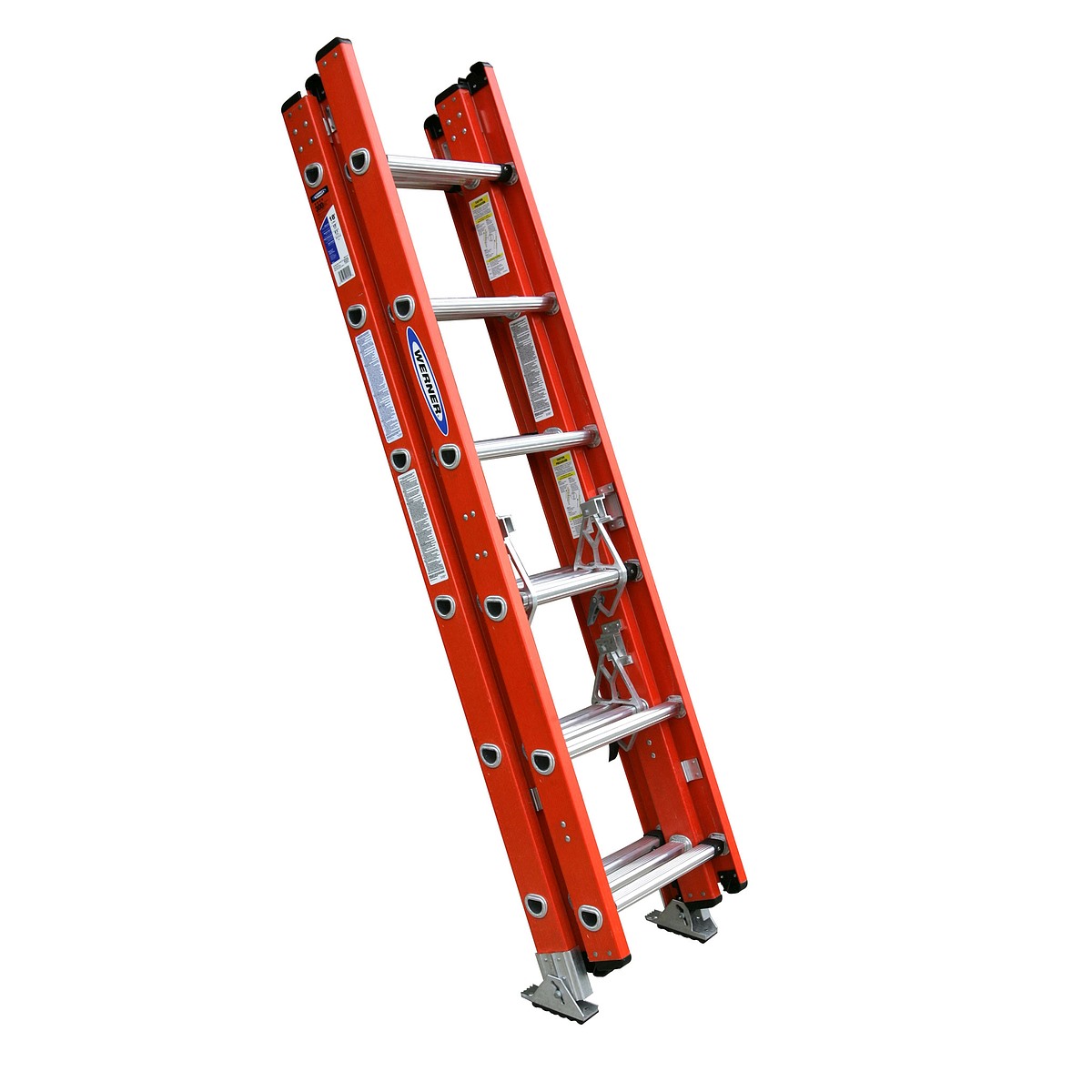
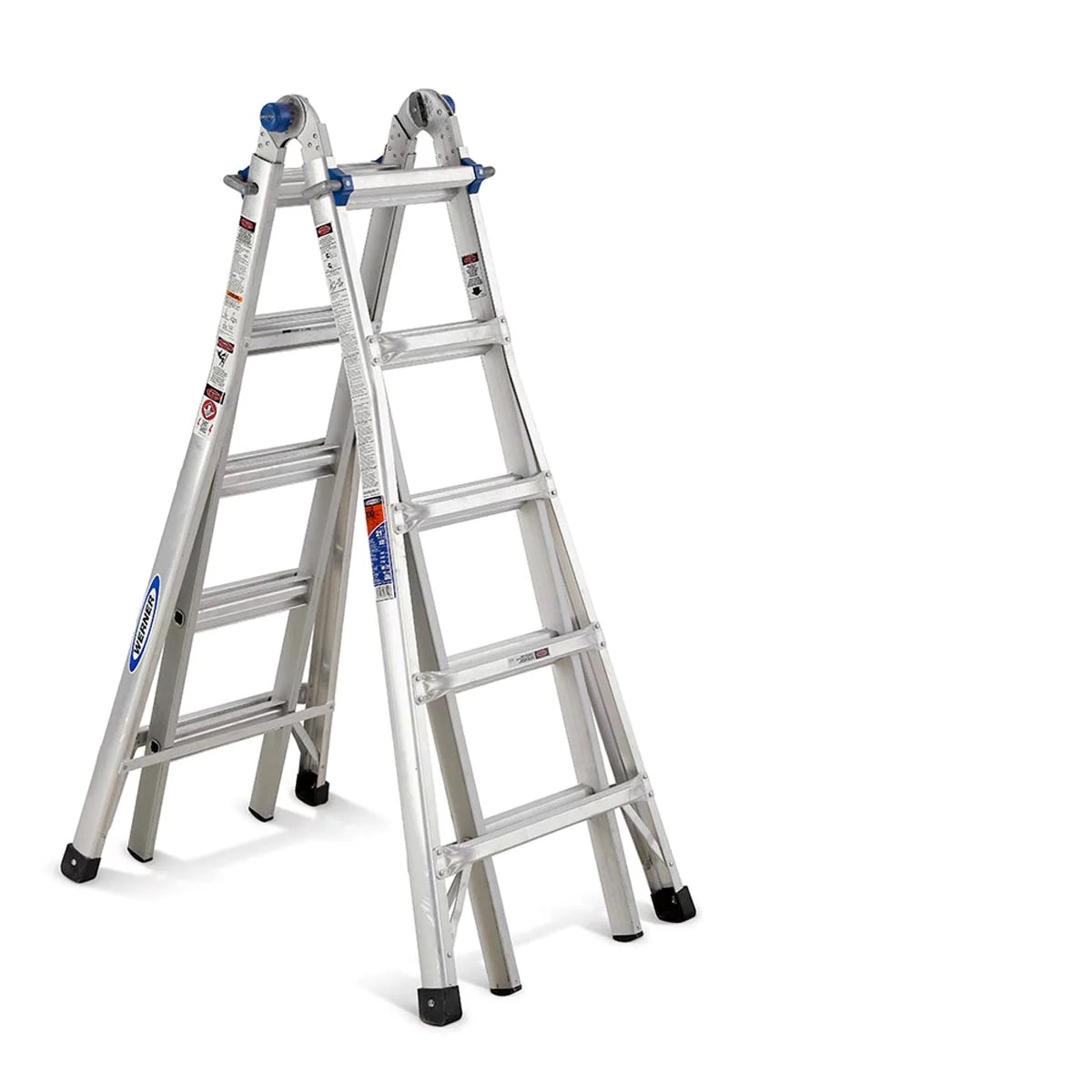
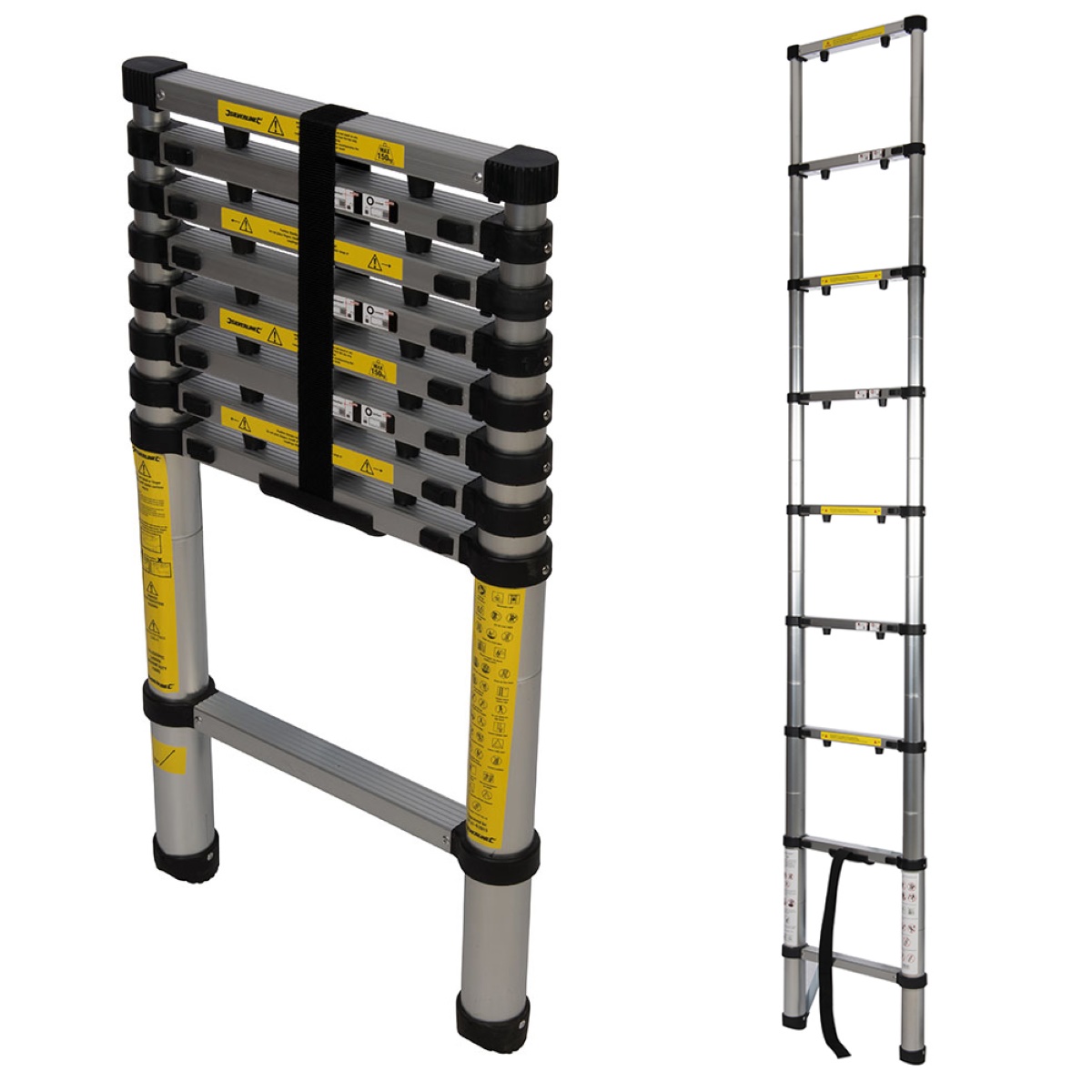
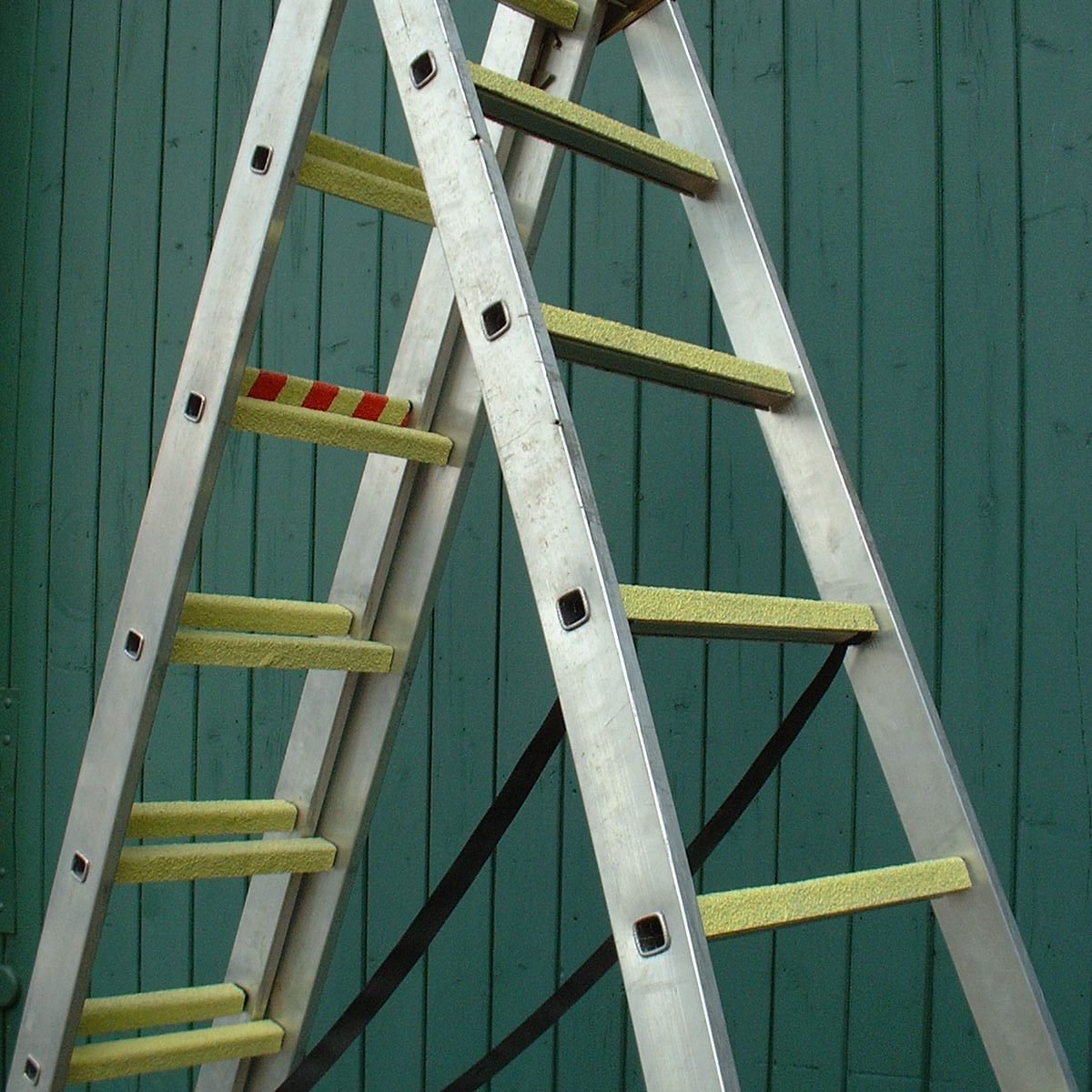
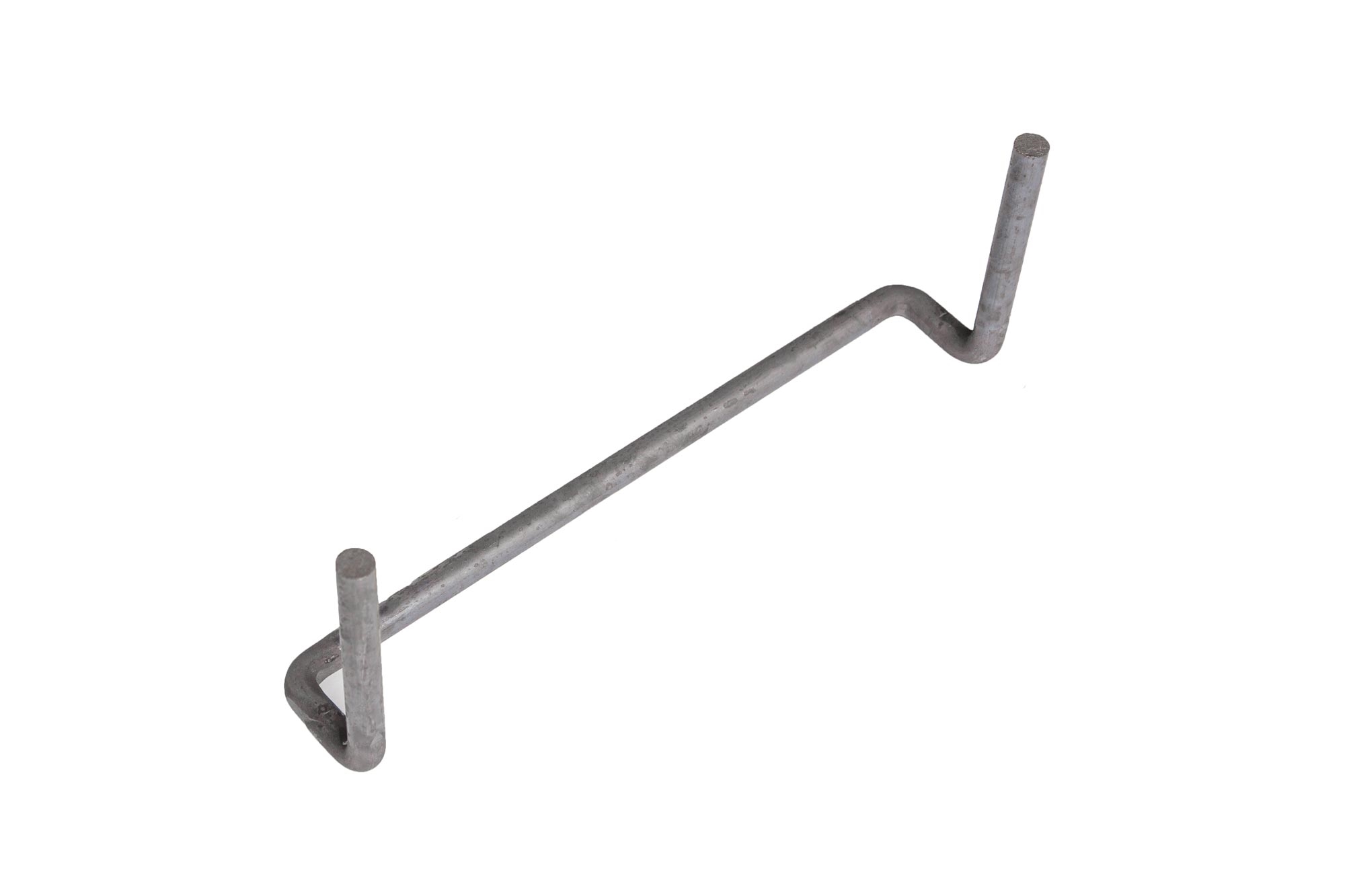

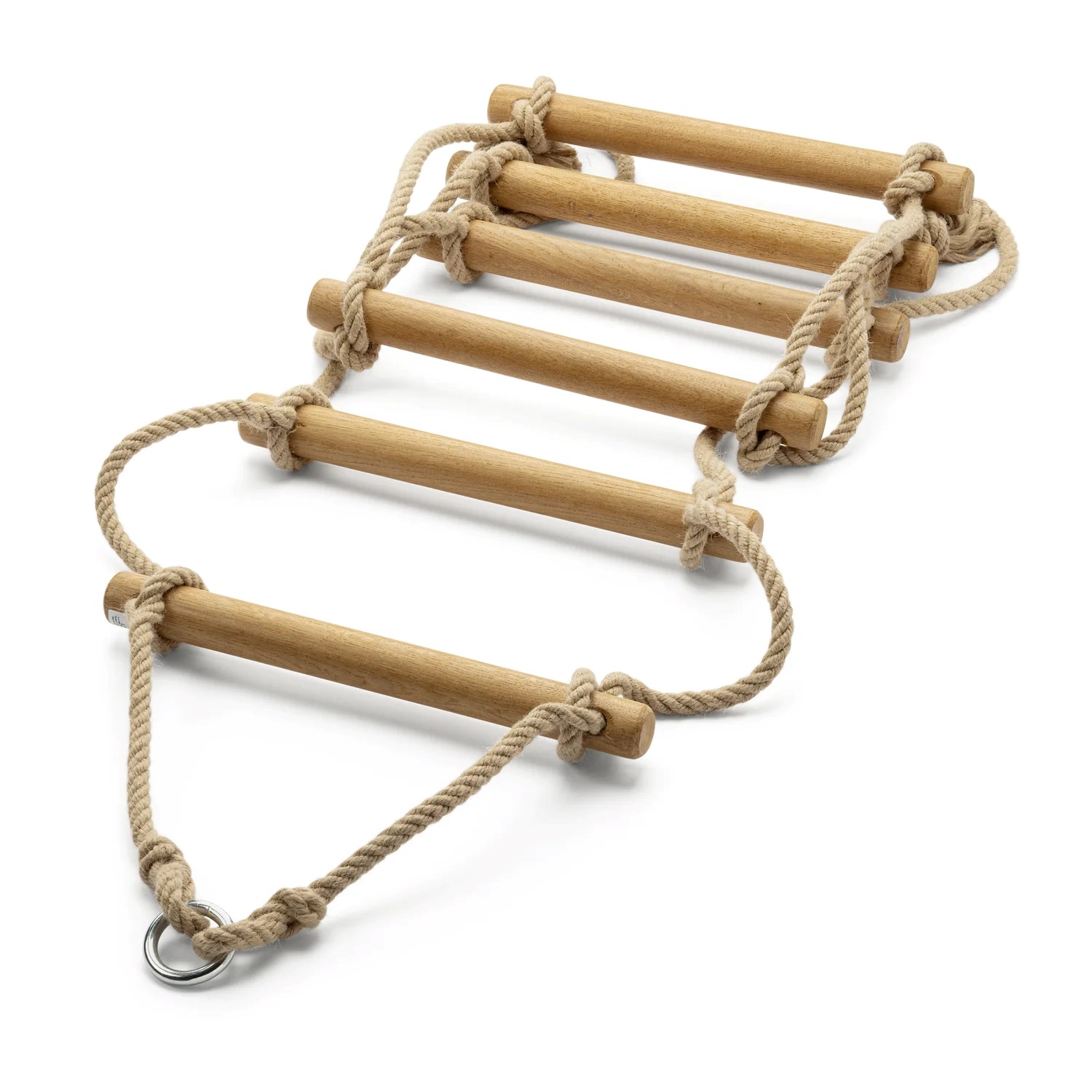
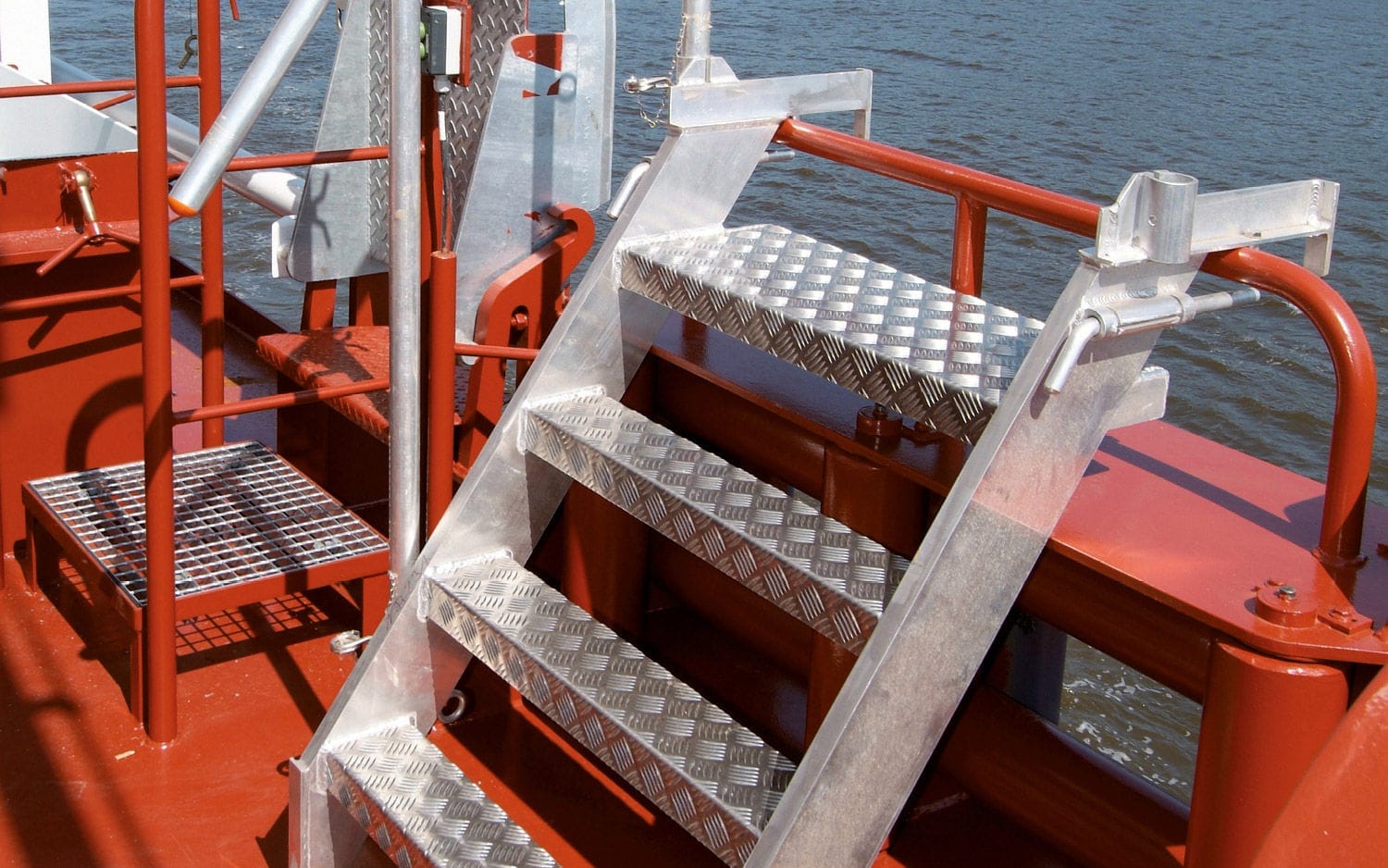

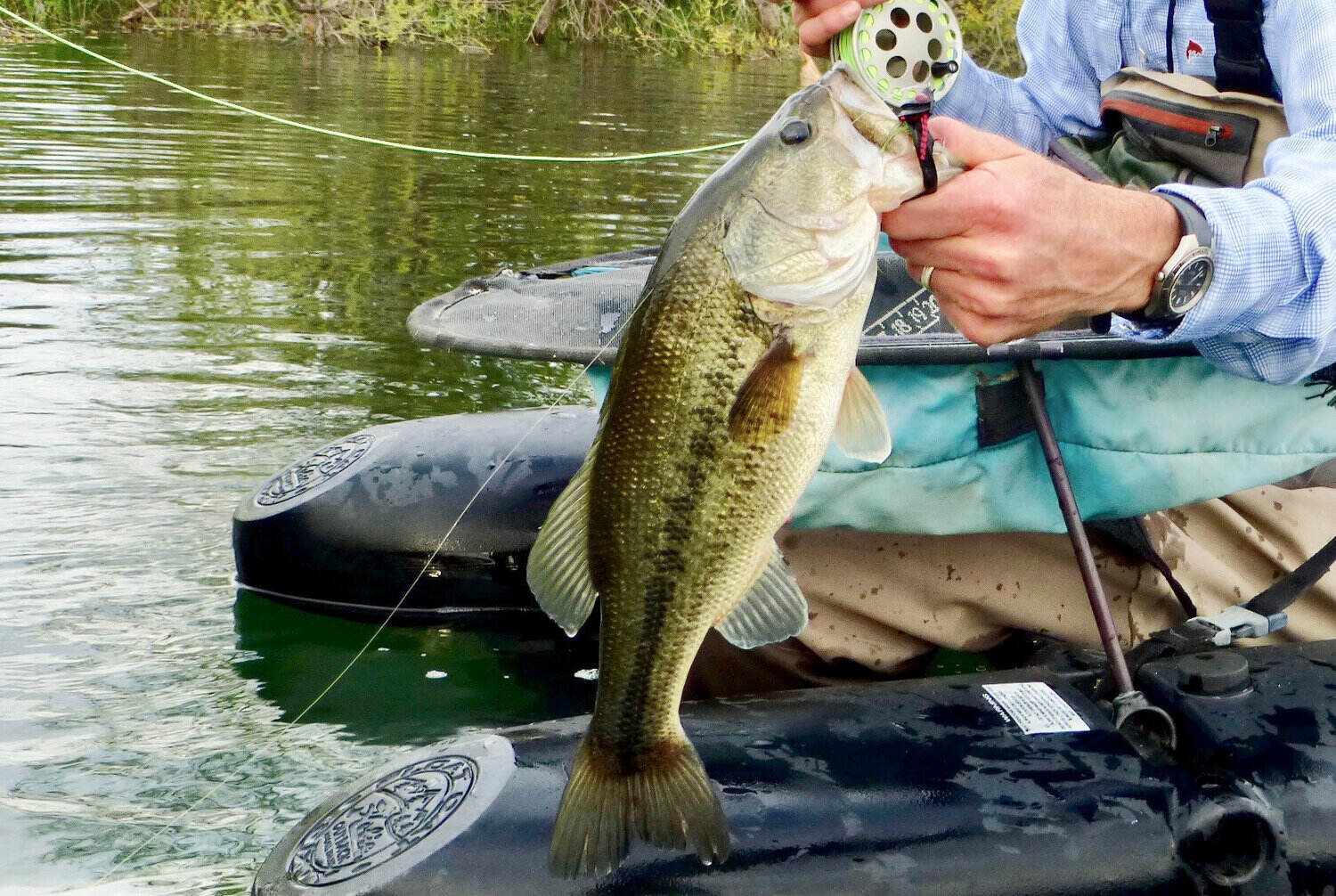
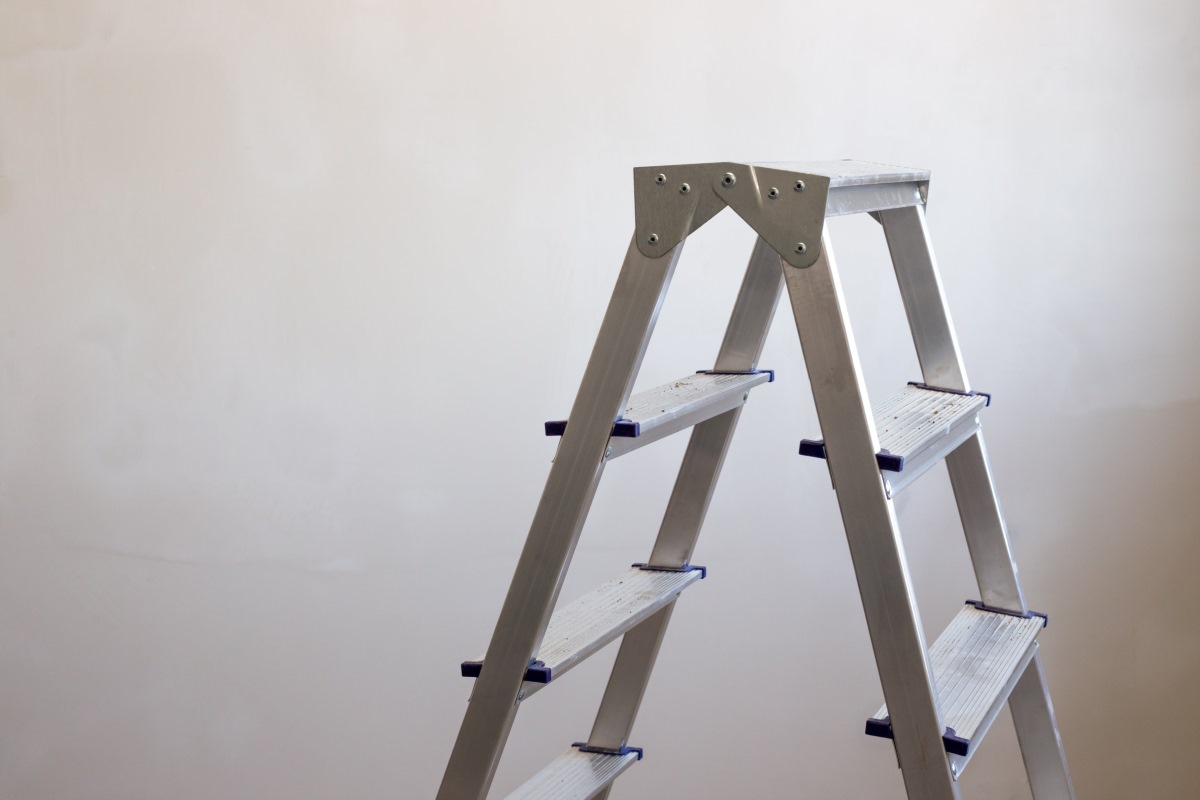




0 thoughts on “What Is A Fish Ladder”